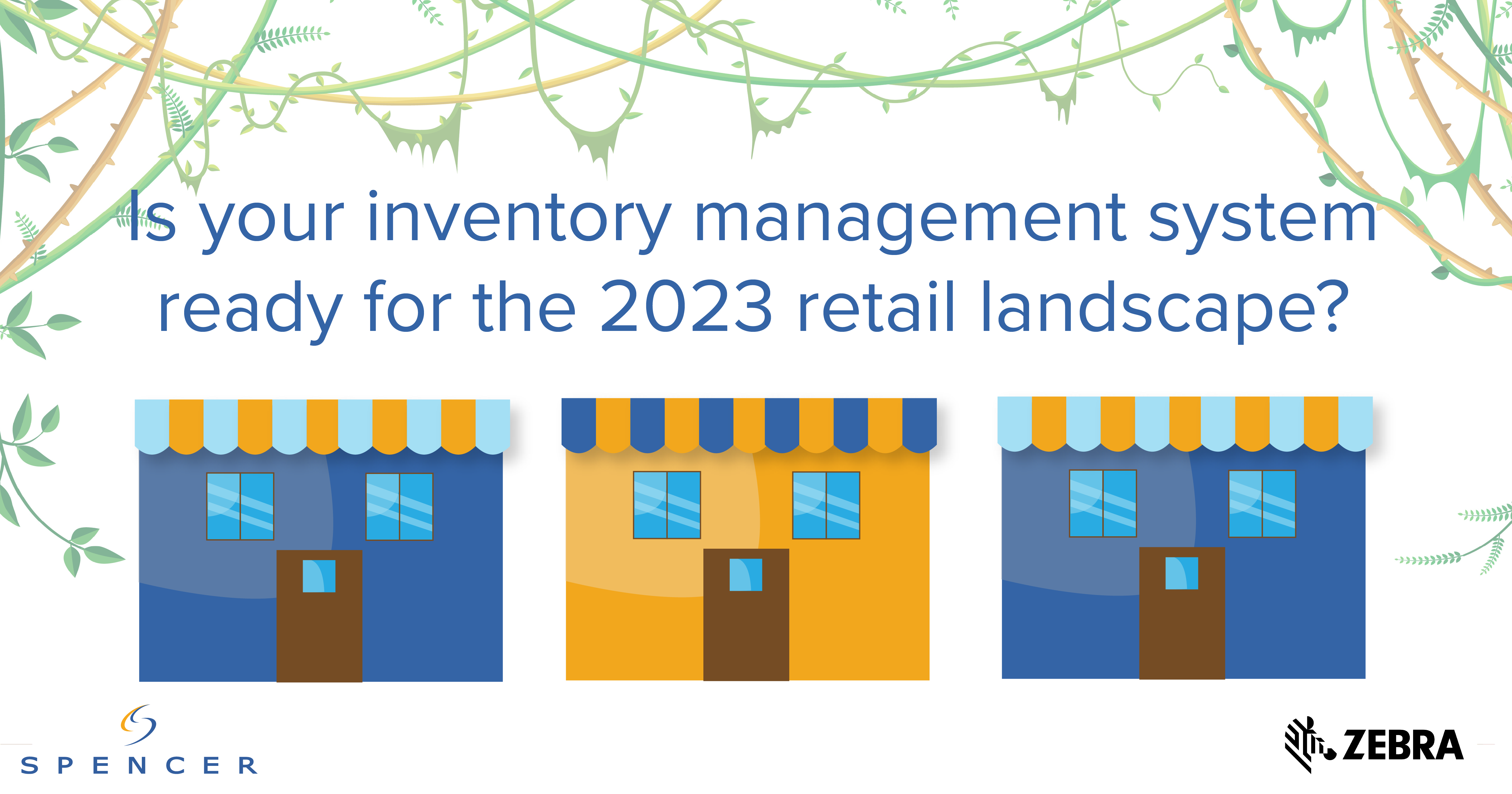The National Retail Federation (NRF) recently released its annual forecast outlining possible growth and challenges for modernizing retailers. Historical data illustrates unprecedented growth fueled by the pandemic and the e-commerce boom. After three years of navigating through post-pandemic supply chain challenges, growth rates are expected to simmer down; however, consumer expectations will most likely remain challenging as most shoppers have grown accustomed to fast, accurate, and personalized service. Among the NRF’s many findings, the following results are hard to overlook:
- Anticipated sales are expected to grow by 4% to 6% in 2023
- Shoppers to prefer a mix between online shopping and in-store pickup
- Brick-and-mortar stores should account for 70% of total retail sales
- Inflation rates to remain between 3.0~3.5%
Additional research also highlighted the role of sustainability in today’s supply chains. An estimated 98% of retailers’ sustainability impact is believed to be outside of their control. Nevertheless, consumers prefer eco-friendly products as studies suggest 58% of them are willing to pay 10% more for sustainable products. To effectively track multiple products’ composition, storage, and destination, retailers now seek to optimize inventory management for expanded visibility.
Why Optimize Inventory Management?
Simply put, your consumers are ultimately drawn to your inventory. Therefore, it is imperial that storefronts accurately track products and update stock counts to meet basic consumer expectations. When functioning properly, an effective inventory management system empowers retailers for future demands with:
- Real-time locationing for on-the-spot customer service- Automated data capture and RFID systems can connect to your IMS and update teams of current stock location, enabling associates to help customers find their desired products on the spot. Enterprise computers and rugged tablets go a step further in integrating mobile POS software to scan and checkout customers from anywhere.
- Automatic stock replenishment to avoid stockouts- Raw material shortages have greatly contributed to the many stockouts that plagued 2022. Current inflation and labor turnover rates may prolong shortages into 2023, which explains why many retailers have chosen to retain a safety stock of non-perishable items. A modernized IMS system connected to the front of the store can flag dipping stock levels and alert you of any impending stockouts.
- Insightful communication between backroom and storefront teams- Digitization connects data and people for complete inventory control. Push-to-talk systems paired with automated data capture can update stock counts and inform associates where stock is located, accelerating workflows that heavily depend on teamwork like click-and-collect and curbside pickup.
- Actionable data for reliable demand forecasting- Lastly, a modernized inventory management system can deliver actionable insights into your customers’ purchase patterns and preferences. Monitor shipment deliveries, route changes, product traceability, and price fluctuations via a robust IMS and a dependable labeling system. By quickly identifying inventory when it arrives, teams can translate barcode data into your centralized database and monitor patterns over time to meet consumer demands.
Think your systems have what it takes to conquer the 2023 retail landscape? Take our quiz to find out.
By collaborating with leading tech players like Spencer, our modernization teams work alongside retailers to thrive in today’s challenging retail landscape. Meet up with our team to evaluate your current system and see how you can enhance inventory visibility with technologies made for the digital age.






